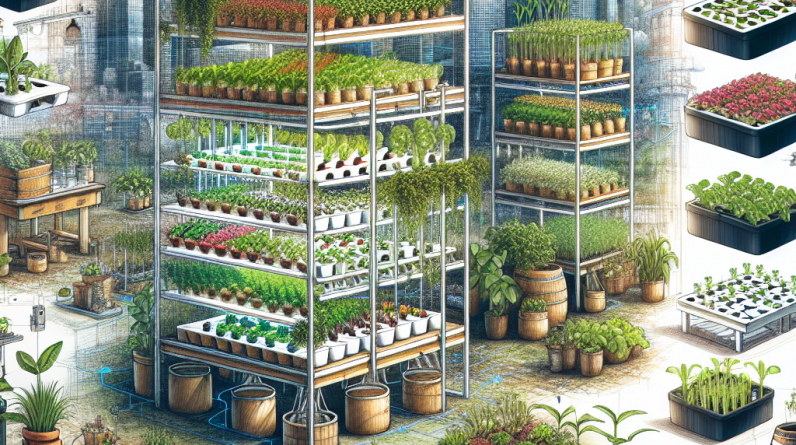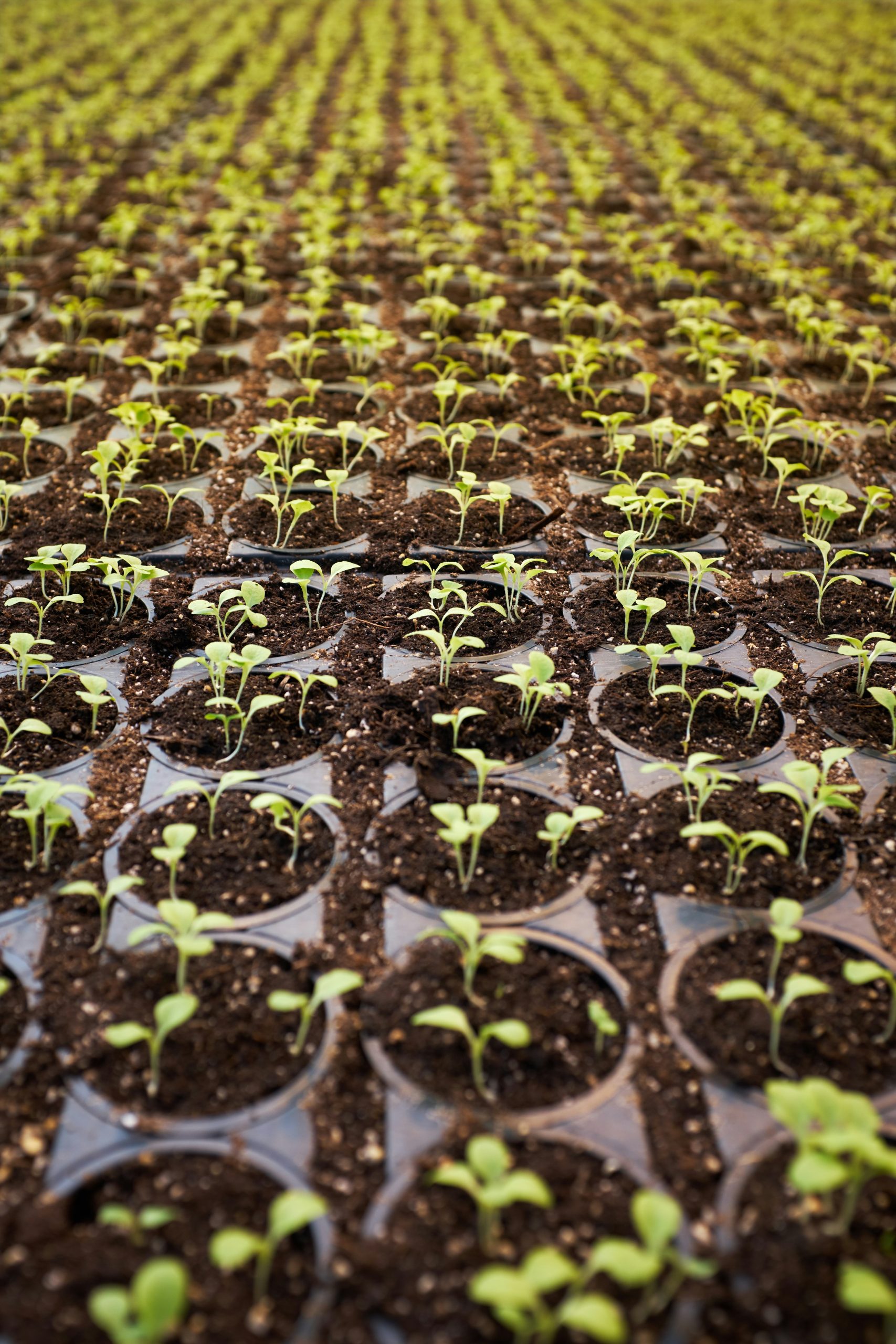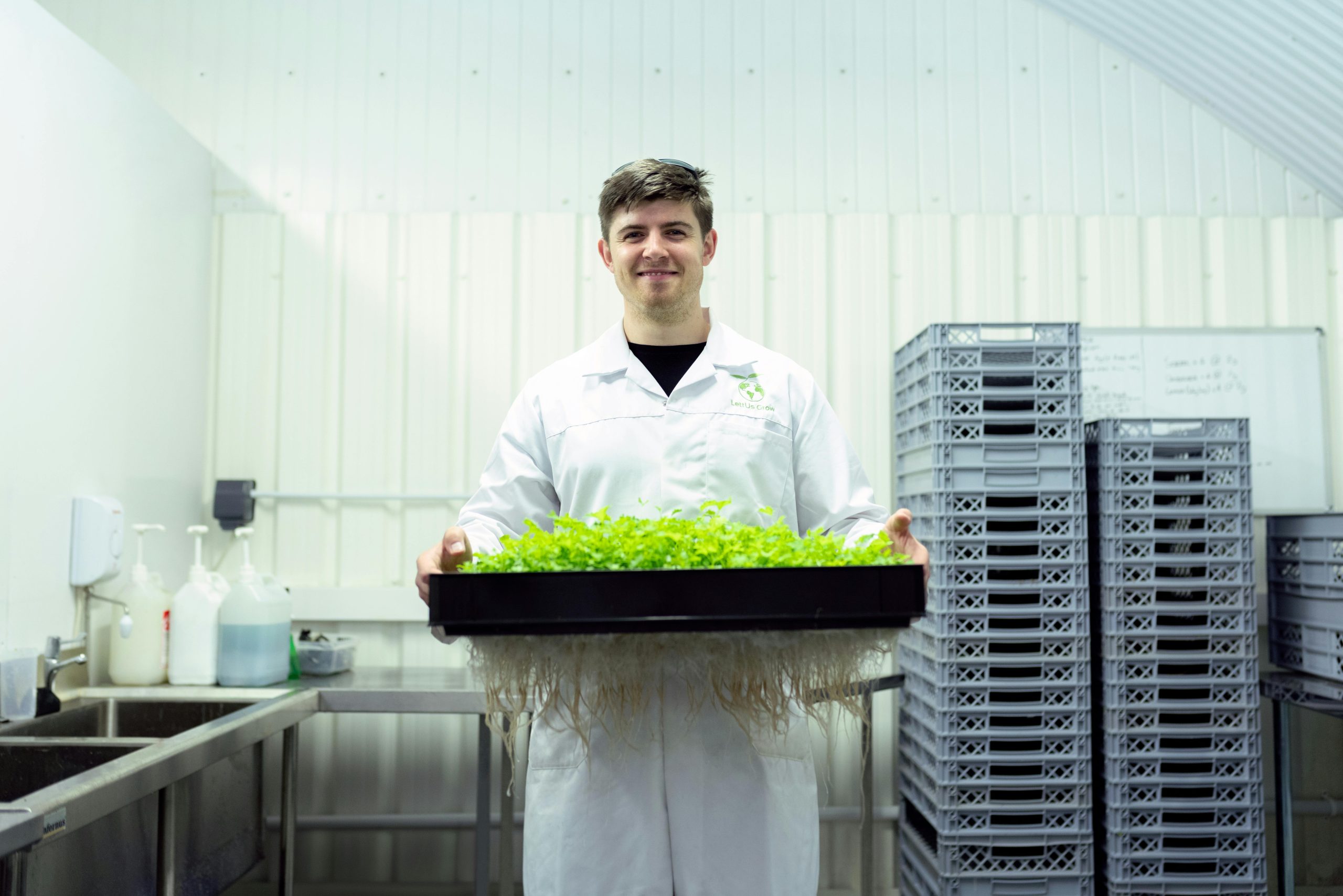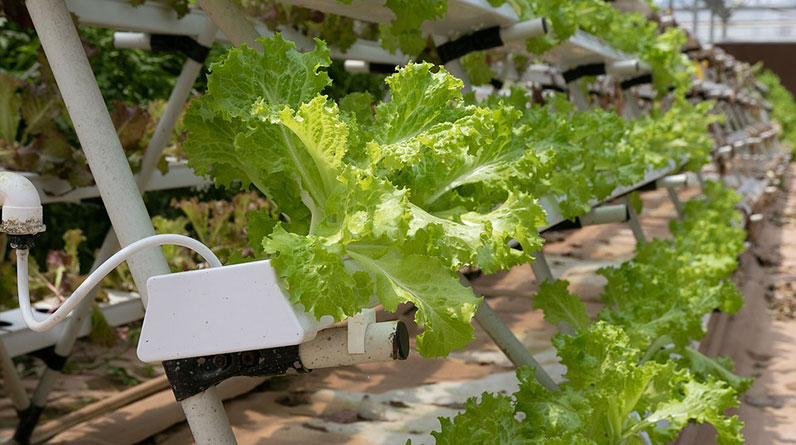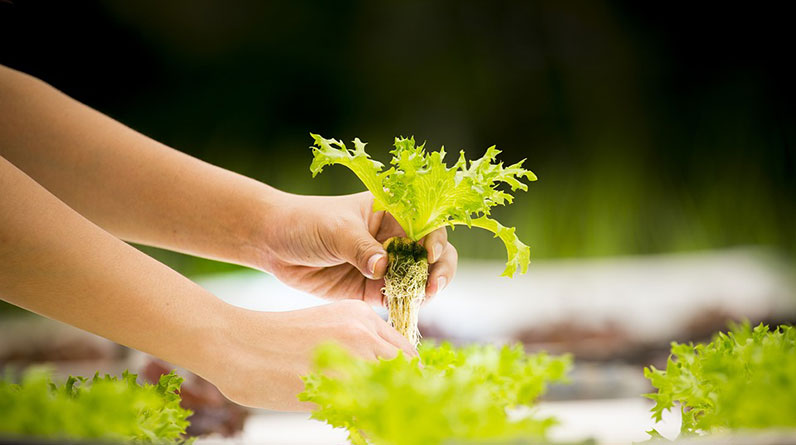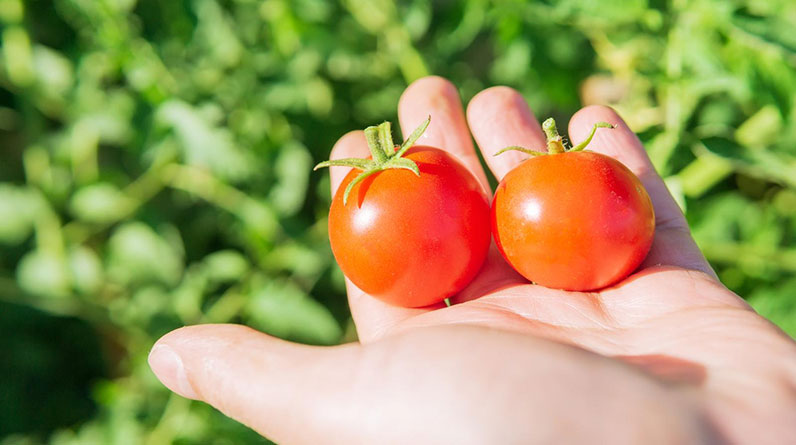
Getting Started with Hydroponics
Understanding the Basics
When I first ventured into hydroponics, I was pretty clueless. Hydroponics is simply the method of growing plants without soil by using mineral nutrient solutions in an aqueous solvent. Sounds fancy, right? But honestly, it’s just about providing the right nutrients directly to the plant roots. Learning that was like a light bulb moment for me!
First things first, you need to familiarize yourself with different hydroponic systems. There’s nutrient film technique (NFT), deep water culture (DWC), and aeroponics, to name a few. Each has its perks, and picking one depends on your space and what you plan to grow. Personally, I found DWC quite forgiving for a newbie!
Don’t let the techy terms scare you off. Once you grasp the fundamentals, you’ll find that you’re more than capable of cultivating a bountiful garden. Dive in, do some research, and don’t hesitate to ask questions. I mean, who knows? You might discover you have a green thumb after all.
Selecting the Right Plants
The great thing about hydroponics is that almost any plant can thrive in this setup, but some are definitely easier to start with. Leafy greens like lettuce, kale, and herbs are excellent choices for beginners. They not only grow fast but are also quite forgiving of minor mistakes.
One of my favorite strategies was to choose a mix of herbs and greens. Not only do they usually grow well together, but they also complement each other in the kitchen. Imagine whipping up a salad or fresh pesto with your own homegrown ingredients. It just feels good, you know?
Another aspect to consider is your environment. Are you growing indoors or outdoors? Different plants may require different light levels and temperatures. So, if you’re all about that indoor gardening life, look for varieties that thrive in less light.
Sorting Out Equipment
Okay, let’s chat about gear. When I first started, I was like a kid in a candy store, overwhelmed by all the options. You really don’t need to go big right away. Simple equipment can get you started. A basic hydroponic kit, a decent grow light, and a good pH meter should be on your shopping list.
Don’t overlook the importance of your nutrient solution. In hydroponics, the right mix of nutrients is crucial for plant health. I made this rookie mistake initially—using whatever was available without reading the labels properly. Research the appropriate mixtures for your plants before diving in!
And let’s not forget about the environment control. Maintaining the right temperature and humidity can be the difference between a flourishing garden and a sad wilted one. Investing in a fan or mini heater can make a huge difference, so keep that in mind as you plan your setup.
Maintaining Your Hydroponic System
Monitoring Nutrients
Okay, so once your plants are in their cozy little environments, you might think the hard work is done. Not quite! Regularly monitoring your nutrient solution is key. Trust me, a little check-in can prevent disaster later. Nutrient levels fluctuate, and not all plants consume the same amount at the same time.
The first time I tested my solution, I was shocked by how imbalanced it was! Learning to keep a balance with a good pH and electrical conductivity (EC) meter helped me prevent issues before they turned into crises.
Plan to check your nutrient levels weekly and adjust as needed. And remember, plant growth can signal if they’re happy or if something’s off, so keep an eye on those leaves too—yellowing or browning might mean you need to tweak your solution.
Lighting Your Garden
Now, let’s shed some light on another essential aspect—literally! Just like us humans need sunlight, plants thrive with the right lighting. If you’re growing indoors, investing in good grow lights is non-negotiable. They mimic natural sunlight and can be adjusted based on plant growth stages.
In my experience, I found LED grow lights particularly effective. They’re energy-efficient and last forever, plus they don’t generate as much heat, which means less fluctuation in temperature for your plants. Win-win!
Also, keep in mind that different plants have different lighting needs. Make sure to research the specific needs of your plants, and don’t hesitate to move things around to find that sweet spot for optimal growth.
Pest and Disease Management
As much as I love my plants, I’ve had my fair share of run-ins with pests and diseases. Hydroponics may reduce some risks associated with soil, but it doesn’t make your garden immune. Regularly inspect your plants and take note of any unusual signs or symptoms.
If you notice pests, don’t freak out. Natural remedies often work better than chemical solutions. Neem oil or insecticidal soap can save the day. Just remember to apply in the evening when the sun isn’t blazing to avoid burning your plants!
Your plants’ health also hinges on cleanliness. Keeping your equipment and surroundings tidy can go a long way in preventing disease. After all, a clean garden is a happy garden. And who wouldn’t want that?
Optimizing Growth Conditions
Temperature and Humidity Control
After getting the hang of nutrients and light, the next big hurdle to tackle is controlling temperature and humidity. Most plants thrive in a temperature range between 65°F and 75°F. I invested in a simple thermometer/hygrometer combo, and it’s been a total game-changer.
Finding the right humidity level is just as essential. Too much moisture can lead to mold, while too little can stress your plants. I keep a small fan running to help with airflow and avoid stagnant air. It’s simple, but it works.
Remember to adjust things according to the seasons. What works in summer might not do the trick in winter. Staying flexible with your growing conditions can make all the difference in getting robust plants.
Water Quality and Management
The water you use can be a major player in your hydroponic success. Don’t just use any tap water; it’s vital to ensure that it’s free from harmful chemicals like chlorine and heavy metals. I suggest using filtered or distilled water for the best results.
Moreover, keep an eye on your water temperature. Cool water is often best for plant roots. I sometimes place ice cubes just above the water level to help maintain a lower temperature during the hotter months.
Regular changes of the nutrient solution every two weeks or so are also beneficial. This helps prevent imbalances and keeps your plants thriving. It’s much easier and more effective to tackle small changes than to wait for things to go haywire.
Experimenting and Learning
One of the best things about hydroponics? The learning curve! Don’t be afraid to experiment. Try growing different varieties of plants, and take notes on what works and what doesn’t. I’ve had my fair share of flops, but I also learned a ton about plant care because of them.
Joining local gardening clubs or online forums can also provide immense insight. Sharing experiences and learning from others will only elevate your skills as a gardener. The community is extra valuable, and it helps me stay motivated too!
Hydroponics is not just about growing plants; it’s about cultivating knowledge as well. Dive deep, engage, and enjoy the journey. The world of hydroponics has so much to offer!
FAQs
1. What is hydroponics?
Hydroponics is a method of growing plants without soil, using nutrient-rich water instead. It provides plants with everything they need to thrive directly to their roots.
2. Can any plant be grown hydroponically?
While many plants can thrive in a hydroponic system, leafy greens, herbs, and some fruits are best suited for beginners. As you get more comfortable, you can experiment with a wider variety!
3. What equipment do I need to start?
Basic equipment includes a hydroponic growing kit, grow lights, a nutrient solution, and pH meters. You can find budget-friendly kits that come with everything you need.
4. How often should I check my nutrient levels?
I recommend checking your nutrient solution at least once a week. This will help you catch any imbalances early and keep your plants happy!
5. How do I prevent pests in my hydroponic garden?
Regular inspection is key! Keep your garden clean, and use natural pest management solutions like neem oil or insecticidal soap to handle any infestations proactively.


